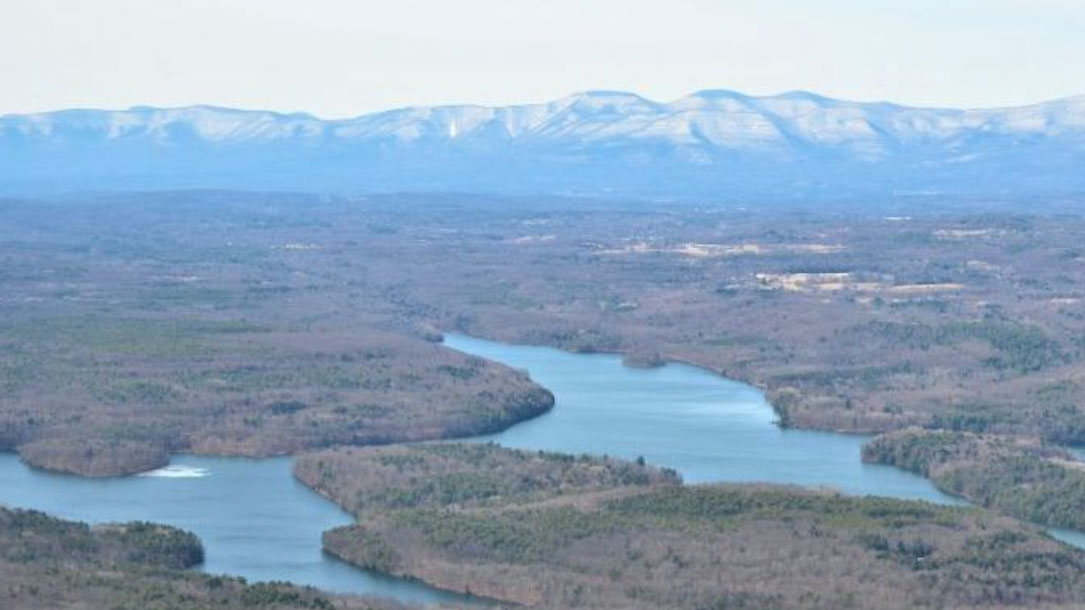
Partnering with a local city to sell carbon credits
Located in New York State, Mohawk Hudson Land Conservancy is working to slow down climate change in partnership with The Nature Conservancy and the City of Albany.
The Albany Water Board will receive funding from the sale of carbon credits. The Nature Conservancy expects this revenue to surpass one million dollars over the next ten years, which the Water Board will direct toward the implementation of the Sustainable Forest Management Plan, watershed management, and Water Board priorities.
As outlined in the Plan, the Albany Water Board has entered into a Conservation Easement with the Mohawk Hudson Land Conservancy…
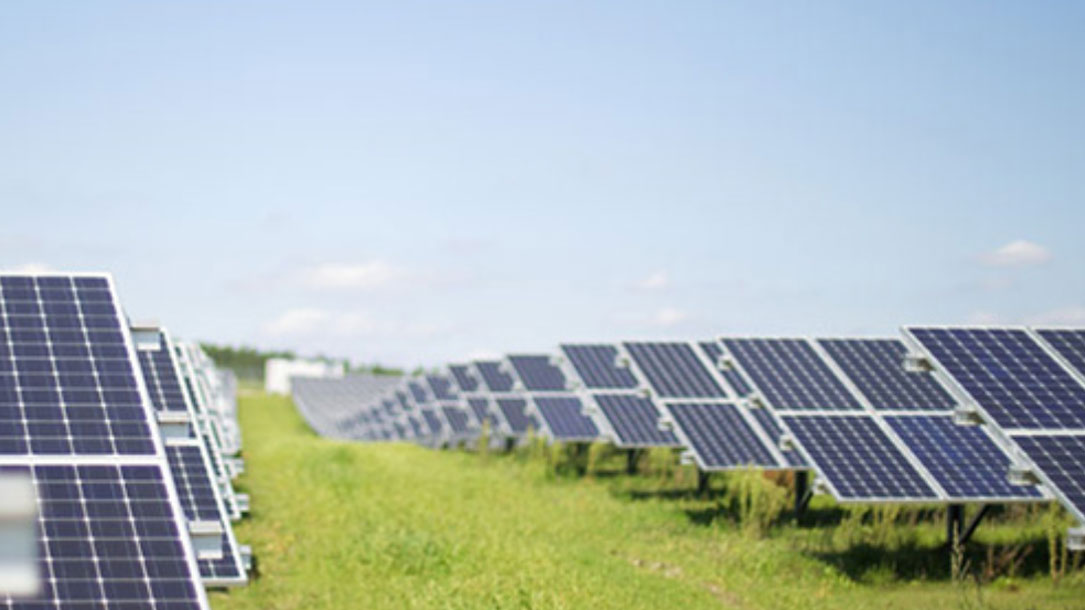
Solar PV power potential is greatest over croplands
“Solar energy has the potential to offset a significant fraction of non-renewable electricity demands globally, yet it may occupy extensive areas when deployed at this level. There is growing concern that large renewable energy installations will displace other land uses. Where should future solar power installations be placed to achieve the highest energy production and best use the limited land resource?…”

Solar panels pair surprisingly well with tomatoes, peppers, and pollinators
In ‘agrivoltaics,’ crops and solar panels not only share land and sunlight, but also help each other function more efficiently.
Big, utility-scale “solar farms” are one important source of solar power, helping complement smaller, less centralized sources like solar panels on the roofs of buildings. Solar farms take up a lot of space, though—and they thrive in places with many of the same qualities favored by food crops. As one recent study found, the areas with the greatest potential for solar power tend to already be in use as croplands, which makes sense, given the importance of sunlight for both…
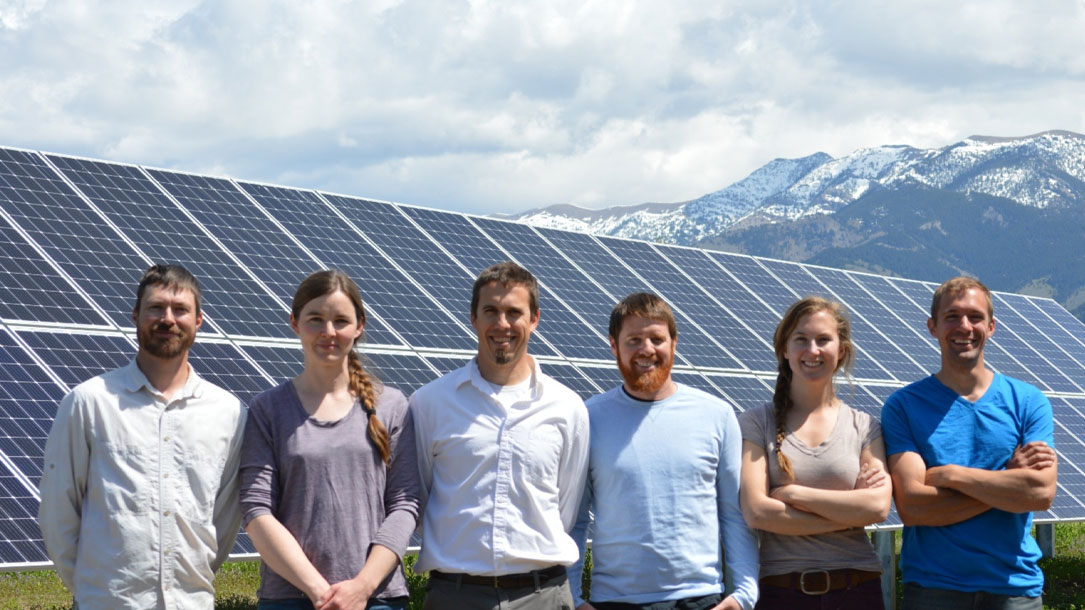
About OnSite Energy
We strongly believe in the infinite resource of the sun and the reliability of solar electric systems for our daily energy needs. For over a decade we have been advocating solar electric technologies to Montanans through our own projects, community outreach, and legislative efforts. Our goal is to empower our local and regional community members to choose a future of clean, renewable solar energy for their homes and businesses that benefits our natural environment, our future generations, and our state’s economy.
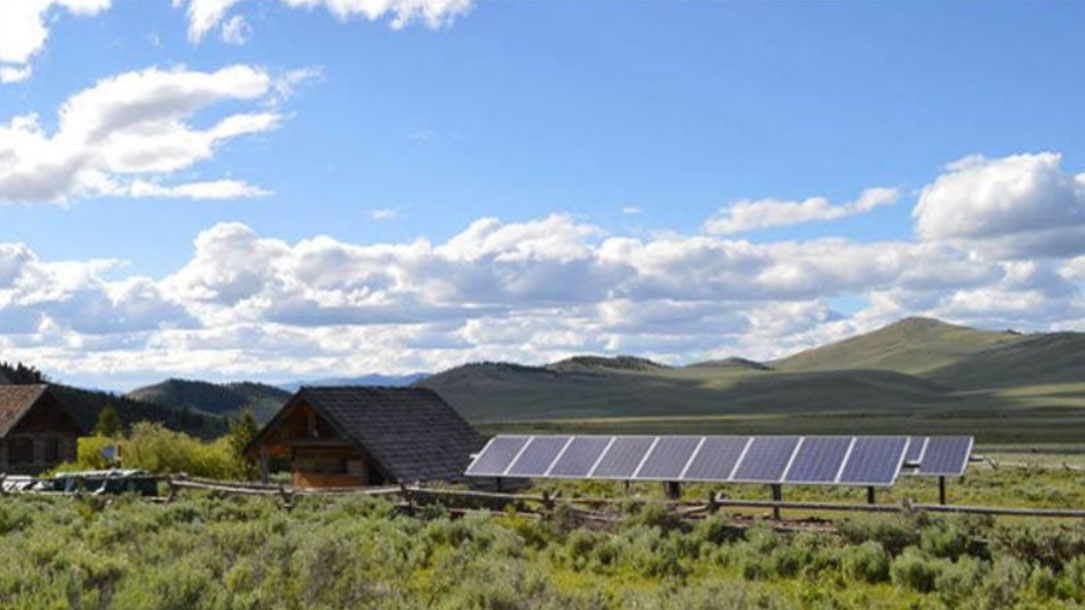
Solar for conservation
“GVLT is proud to have conserved over 45,000 acres across our region. While protecting land from development and fragmentation is the first step, protecting the ecological integrity of our natural resources is equally as important which is why we’re proud to announce a partnership with On Site Energy. What’s the connection between land conservation and solar energy?
Fish need cold, clean water to survive, and rivers need high altitude snow pack to keep them flowing throughout hot summer days. Ranchers and farmers depend on the availability of that water for irrigation, and wildlife depend on the intricate balance of the changing seasons to maintain viable habitats…”
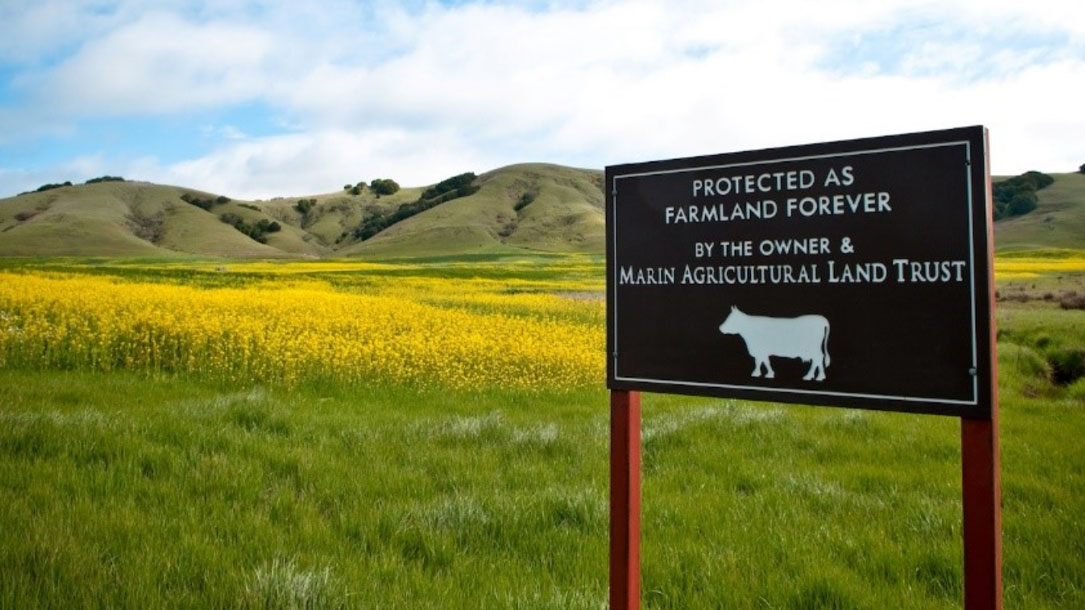
Can California’s protected farmland fight climate change?
“In the past year, the threat of climate change has risen to the forefront of public consciousness. With this growing awareness, many solutions are being offered to avert this crisis—from planting millions of trees to innovating electric car technology to passing state legislation to reduce greenhouse gas (GHG) emissions.
One powerful tool to address climate change is putting in action land use planning policies that preserve working farms and ranches…”
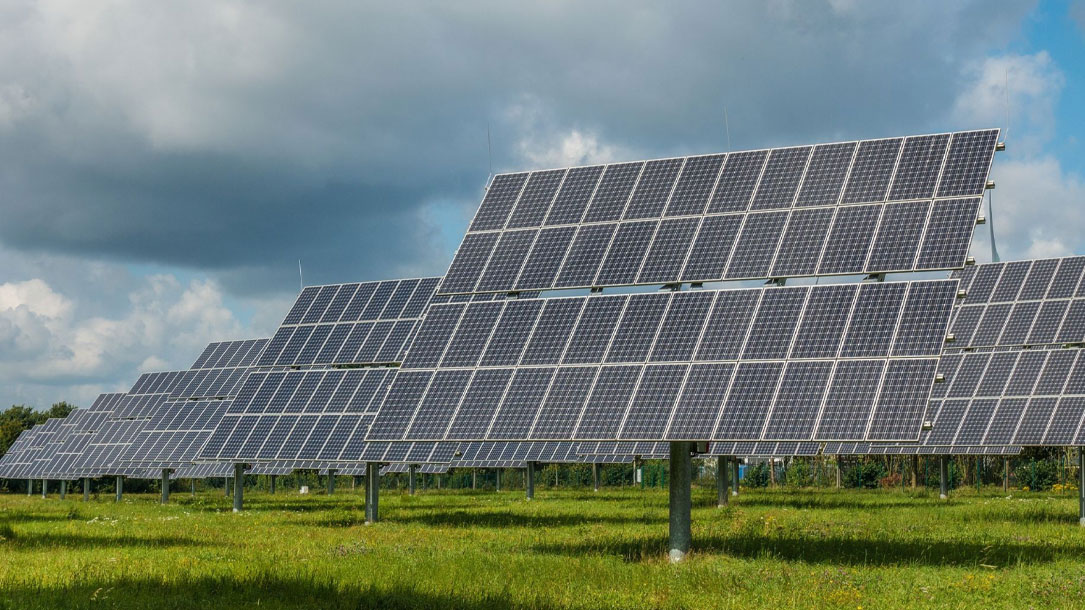
Sheep get to work maintaining Newfield solar array
As solar panels in the 30-acre array off of Millard Hill Road in Newfield soaked up Tuesday morning’s sunshine, a new kind of maintenance crew was headed out to work: a flock of about 45 sheep. Though timid about getting out of their trailer and exploring the new surroundings at first (it was their first time leaving their home farm in Enfield), the lambs quickly got to work munching down on the tall grass, clovers, forbs, and other greenery sprouting up between the panels.
The solar panels in Newfield were Nexamp’s [a solar energy team’s] first community solar project in New York and officially went online last year…

Mass Audubon & climate change
“Climate change requires us to boldly and urgently act to protect the wildlife and people we love. In response, Mass Audubon has committed to achieving a carbon neutral future in Massachusetts by 2050.
Carbon neutrality, or net zero emissions, means that we don’t emit any greenhouse gasses that we can’t soak back up out of the atmosphere. To do so entails protecting and conserving natural climate fighting tools, mitigating climate change by reducing and eliminating our greenhouse gas emissions, and amplifying nature’s resilience to climate impacts…”

Leading by example
Mass Audubon is taking steps to reduce their carbon footprint, and they hope to inspire their members and visitors to do the same. They want to do their part to reduce their carbon emissions from fossil fuel consumption in order to help prevent the worst effects of climate change.
Since 2003, Mass Audubon has reduced its annual carbon emissions from its buildings and vehicles by almost 50 percent. In addition to explaining why they care (and why you should, too), they’ve made improvements in several key areas…
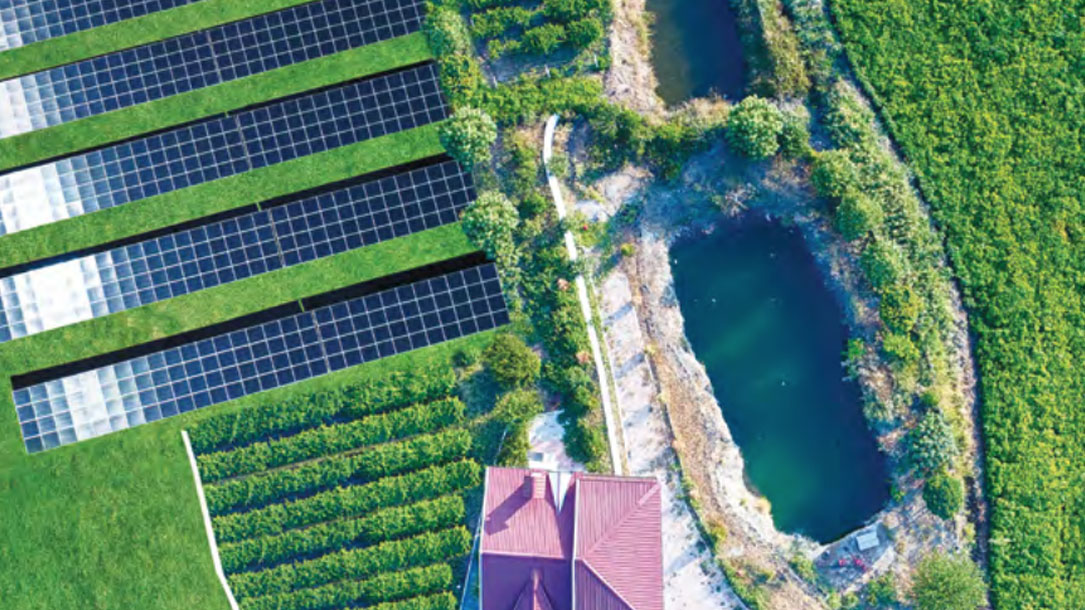
Report sheds light on role of land trusts in climate change
At first blush, putting “open space,” “land conservancies,” and “renewable energy” in the same sentence might seem awkward. But the role land trusts play in addressing climate change via renewables can’t be understated, according to a new report from the Land Trust Alliance (LTA): “Reshaping the Future: Renewable Energy and Land Trusts.”
In the 24-page report, researchers said that at this “critical juncture, land trusts can position themselves as both protectors of priority lands, waters, and habitat and as problem-solvers in helping meet renewable energy development needs. As entities that care deeply about the land, land trusts should also care about climate change and renewable energy…”












